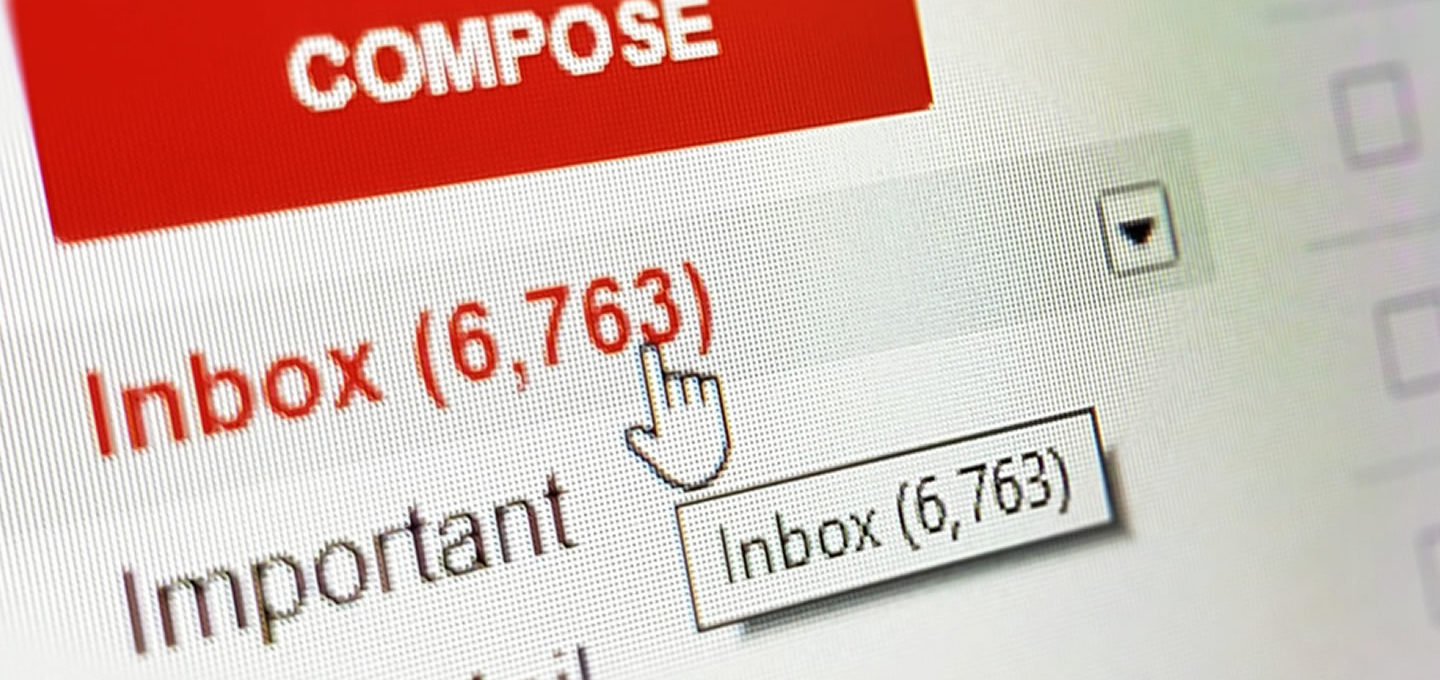The email we know and (sometimes) love today has been around in a similar form since 1971, when university researchers used the service to send each other messages. Those original users could never have imagined how much of the modern workday is dependent on email, but whilst we all send and receive many messages every day, few people know how to write great emails that get noticed and read even when they are sent “cold”.
It is notoriously difficult to get your email noticed amongst the dozens of others vying for the recipient’s attention. And if you’re sending “cold emails” where you have no prior relationship with the recipient it is even tougher to stand out in their inbox, but here’s five techniques that can help.
1. Personalise, personalise, personalise
The important people you are trying to contact are busy and will have an overflowing inbox, and to help stem the tide many people simply choose to ignore or delete anything that looks like a broadcast to multiple recipients. If the sender can’t be bothered to reach out to the recipient personally, then why should the recipient waste their time reading the email that in all likelihood is not of interest to them?
Personalisation in its most basic form means writing to the recipient by name, but to really drive engagement you need to do some research and learn what makes the recipient tick – develop a “theory of mind“. From looking up their LinkedIn profile, reading their tweets, and scouring the internet for any articles or blog posts they have written you should be able to find out what interests them and from there determine what element of your product or service will be of interest. And if by this stage you can’t work out why your product would interest them, then do not send the message – they are not the right person!
2. Who are you?
Why should the recipient read what you are writing to them over the next person? What expertise or information do you bring to the table that the recipient would find interesting and/or useful? You are a stranger to the recipient when you send that cold email, so you need to explain quickly why you might be someone that is worth hearing out.
Your credentials might be the company you work for or the subject you’re researching for an article, or the idea you want to discuss with them over coffee. Even better is if you have some personal link to the person, such as a friend in common or a shared school or university connection – anything that makes you stand out as from a crowd of noisy strangers and feel more parts of the recipient’s own in-group.
3. Solve their problems to demonstrate your value
You have done the research to find out what makes the recipient tick to personalise your message and that information is also critical in the main body of the email as this is where you help them. Even if your product/service/idea does not directly address a problem, if the recipient has been vocal about the issue on their social media then taking the time to open your email with a helpful idea or link to a tool that might help them then you have found a way to open that door a little wider.
4. Make it short and actionable
Even with all the good will in the world, nobody is going to read a thousand-word essay email from someone they don’t know. Nobody has that amount of spare time. Get to the point in a couple of paragraphs and if you end the message with a simple call to action then even better as it gives the recipient a way to find closure on the email.
If you want to organise a call or a coffee meeting, then ask for it and give specific times – they should not need to email you back with options. If you close by saying “I am near your offices on the 4th of December and would love to grab a coffee at the Starbucks next door at 3pm or 5pm, but can be flexible if you can’t make those times” then you are both offering specific dates but not being too pushy and also implying that you have other important business to attend to. This is much easier for the recipient to agree to than a generalised “let’s meet up for a chat soon, let me know when you’re available” as that would involve them trawling their diary and finding multiple options to help you – it may sound more accommodating to offer a wide selection of times and date, but in reality that is just passing the buck of organising the meet up to the recipient and that is not something they want to do.
5. Be nice
Don’t forget that this email has forced its way into their inbox without them first agreeing, so be appreciative that you have taken up some of their valuable time with the message. Few people realise how far a simple “Thank you so much! I am really grateful” will go, but studies have found similar expressions of gratitude have been shown to double response rates and only takes a few extra key-strokes.
Now you’ve learned how to write a great cold email – who is it you want to reach?
Photograph by Gabrielle_CC

